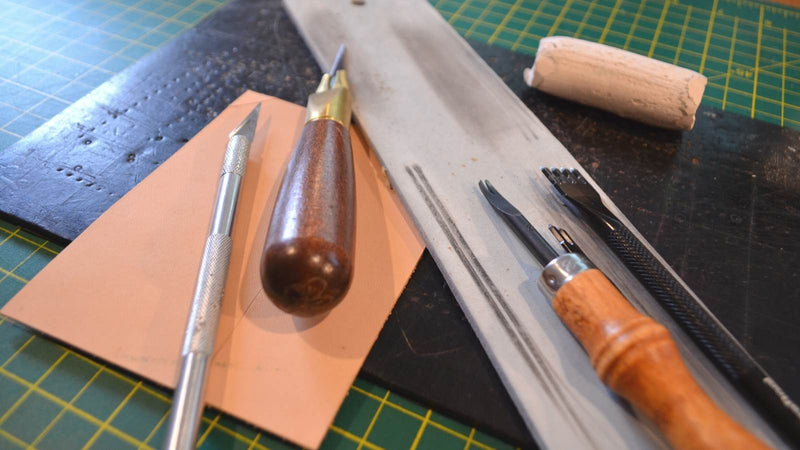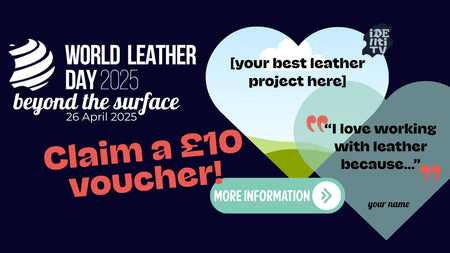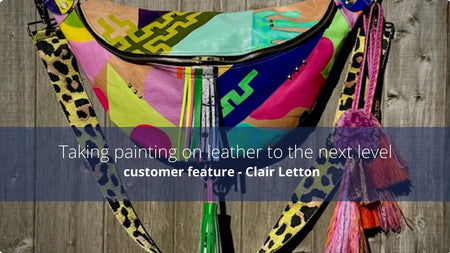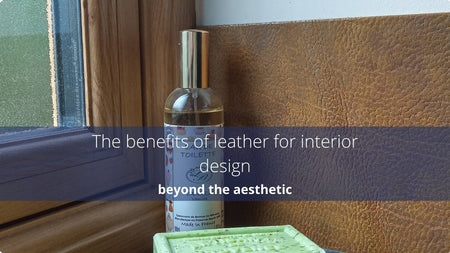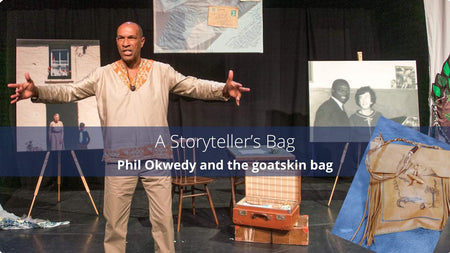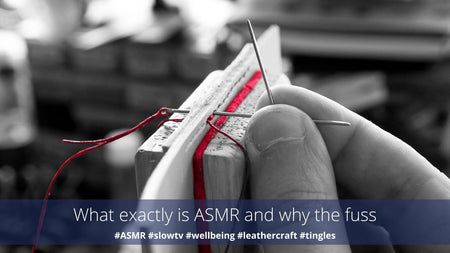Some simple tips to look after your tools can make all the difference and can give you a more professional finish to your projects and well as prolonging the life of the tools.
Each time you sharpen your knife on a whetstone or grinding wheel you are taking some of the metal away to re-establish the keenness of the blade. By regularly stropping you reduce the need to go back to this process and can have a better chance of keeping the blade profile intact.
Honing is the process of sharpening on a sharpening stone or sharpening system. Stropping is when we want to get an even sharper edge by removing the 'wire edge'(burr, microscopic metal particles) or stropping can be taken to the next level with abrasive compounds to refine the edge further. Think of it as polishing away these burrs.
Honing is basically maintaining an already sharp edge. When you hone, you polish the rough surface of the knife's edge which reduces friction and allows the knife to cut into material better. So, sharpening is making your blades sharper and honing is keeping them that way.
Do you need to use a compound such as jeweller’s rouge? A strop can be used without any compound. Sharpeners of straight razors for instance often prefer using a smooth leather strop, traditionally of vegetable tanned horse leather) with no compound applied. The leather polishes the metal and removes any burr from the edge, leaving it crisp and sharp.
Adding a compound adds additional coarseness and thereby creates an action that is more like honing.
Whether you're sharpening your knife on a whetstone, or using a honing block, or indeed stropping, try to keep it aligned; the knife's edge should meet the stone or steel at an angle of 22 1/2 degrees, the same is true for stropping.

Diagram to show the angle to strop most tools at - approx 22 degrees
How often to sharpen?
Before using the tool, get in the practice of stropping.
Think about the leather – chrome leathers can be tougher than vegetable tanned so the blade may need stropping more often.
When the blade drags, edges become a little fluffy or you are having to use more pressure and more cuts to get through, stop – go back and strop.
Stropping Chisels
Stitching chisels have a tip profile to give a diamond shape to the hole to help the stitching lie flat. If you are using good quality metal chisels and a good board underneath you will not need to strop very often. It is still a very idea to do so and can speed up your work. Depending on the quality and hardness of the metal over a very long period of time the shape of the chisel can thin down, making the stitch hole infinitesimally narrower. If this starts to become an issue for stitching at this point you can thank your chisel for its service and invest in a new one, perhaps one the Pro-Chisel made from hardened steel.

Image to show wear on chisels over an extended period of time
You can purchase specialist leather strops from our website – click here
Caring for punches
Round, oval, oblong or strap end punches are much harder to sharpen due to the rounded shapes. To prolong their life push into a beeswax block before use, this gently pushes away the burrs and at the same time lightly greases the bladed edge.

Think about what you are punching down into. The harder the surface to more easily the fine sharp keen edge will blunt. For best result use the compressed rubber poundo boards.

Further reading : Leathercraft Tools by Al Stohlman – Click Here
Click to Download our Guide to Stropping

